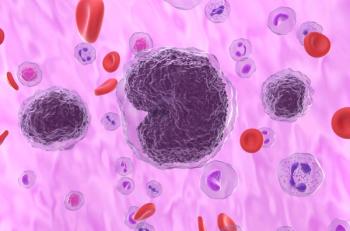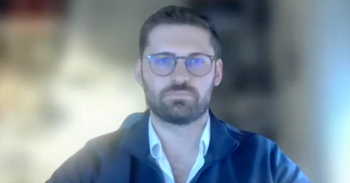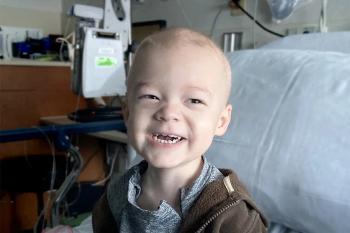
Dr Steven Adelsheim Outlines Components of Screening for Psychosis in Young People
Early intervention in potential cases of psychosis among young people hinges on multiple settings being aware of the early signs of the illness and able to link people to treatment, said Steven Adelsheim, MD, clinical professor of psychiatry and behavioral sciences, Stanford University School of Medicine.
Early intervention in potential cases of psychosis among young people hinges on multiple settings being aware of the early signs of the illness and able to link people to treatment, said Steven Adelsheim, MD, clinical professor of psychiatry and behavioral sciences, Stanford University School of Medicine.
Transcript
What are the main components of programs that screen for early psychosis in young people?
So the main components of programs that identify young people early are really, first of all, having a sense of the early warning signs. Understanding that young people might become more avoidant of certain settings that they’ve traditionally been involved in, might be withdrawing from friends. Being able to have programs that can help people learn the early warning signs in schools, in juvenile justice settings, in primary care clinics, so that the people in those settings can learn that this might be what this young person is dealing with, whether they’re isolating more, having trouble paying attention, having changes in terms of even sounds or colors being different or brighter, and that all of those can be early signs of moving towards a psychotic process. So the most important part of screening, really, is helping the systems that a young person might be involved in understand that it’s important to recognize these signs and then link someone to service early.
Newsletter
Stay ahead of policy, cost, and value—subscribe to AJMC for expert insights at the intersection of clinical care and health economics.













































